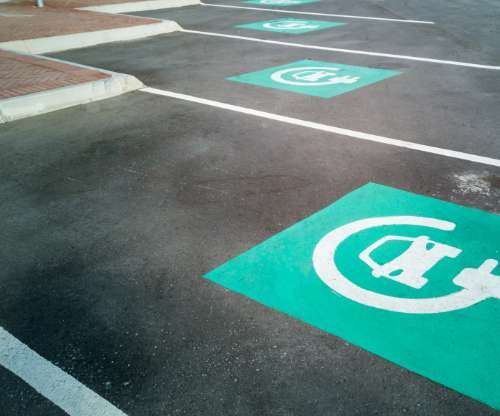ARPA-E announces $98M in funding for 40 OPEN projects; two opposed-piston engines projects receive $10M total
Green Car Congress
NOVEMBER 16, 2018
Novel Polymer-enhanced Rechargeable Aluminum-Alkaline Battery Technology – $2,000,000. Ionic Materials will develop a more energy dense (by volume and mass) rechargeable battery based on an aluminum-alkaline chemistry. Low-Cost, Easy-to-integrate, and Reliable Grid Energy Storage System with 2nd Life Lithium Batteries – $1,894,705.











Let's personalize your content